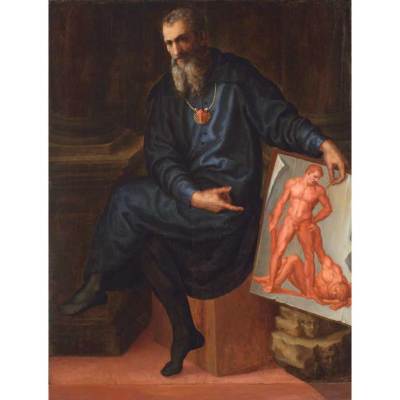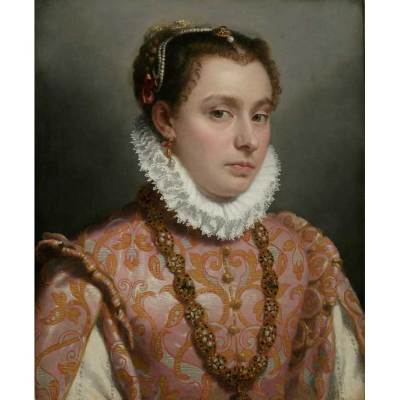The Courtauld Gallery is opening a new space this year dedicated to the display of drawings. The inaugural exhibition in the Gilbert & Ildiko Butler Drawings Gallery, ‘Unseen’, focuses on works that have not been on public display for decades. We spoke to the curator, Stephanie Buck, to find out more about the show and the possibilities of the new room.
Click here for a gallery of highlights from the exhibition
Can you tell us a bit about the new Drawings Gallery at the Courtauld?
The new Gilbert & Ildiko Butler Drawings Gallery at the Courtauld opens in January with the first in a series of displays which will allow us more freedom to exhibit and showcase our collection. We will organise a flexible and dynamic programme, with projects covering draughtsmanship from the Renaissance to the present day. We want to be able to look at artists and works that are overlooked by conventional exhibition programmes.
The unprecedented series of self-portrait drawings made by the 18th-century artist Jonathan Richardson the Elder is an example of this. It won’t just be a question of which artists, but also more importantly of the approach we take with the Drawings Gallery. We want to be more open in this, asking questions as much as trying to propose definitive answers. In this sense one can imagine many exciting possibilities: displays across periods, a project focusing on the backs of drawings, a display looking at inscriptions on drawings. The joy of the space will be that it won’t carry the same burden of expectation of an exhibition programme, and that is very liberating.
What makes this a distinctive show?
‘Unseen’ is the inaugural exhibition of the new drawings gallery and as such a very special show.
How did you come to curate this exhibition?
I have been privileged to work as curator of drawings at the Courtauld for the last eight years and am thrilled that I was offered the opportunity to curate ‘Unseen’.
Back view of a full-length female figure (1796–1800), Johann Heinrich Fuseli. The Samuel Courtauld Trust, The Courtauld Gallery, London

What is likely to be the highlight of the exhibition?
It is not so much about one particular work outshining the others. There will be plenty of highlights ranging from the Renaissance to the mid 20th century. Fra Bartolommeo’s sketch of a windswept bank, Fuseli’s intriguing woman seen from behind, Henry Moore’s Shelter drawing and, and, and…The variety will be a powerful manifesto of how rich the medium of drawing actually is.
And what’s been the most exciting personal discovery for you?
Personally I just love to explore our collection and go through all those boxes that are perhaps less often looked at than those which contain the well publicised ‘master drawings’.
If I had to pick one surprise that struck me it might be The Head Of A Blind Man by the American born 18th-century artist John Greenwood who worked for many years in Amsterdam and sketched a man sitting on a bridge. He added an inscription stating that this is a blind man and that he portrayed him ‘after life’.
What’s the greatest challenge you’ve faced in preparing this exhibition?
Successful exhibitions are conceived in conversation with the particular space, as the display needs to work visually. Without really knowing how the space will look and feel it was a challenge to prepare the selection. But this is also the great excitement.
How are you using the gallery space? What challenges will the hang/installation pose?
As always we will try to create a beautifully paced, well-balanced grouping of the drawings on the walls. In this inaugural display it is perhaps particularly important that there will be a reciprocal conversation going on between the new architectural room and the works. We chose a silvery elegant but neutral wall colour, and the new lighting will also play an important role in creating a contemporary feel.
Which other works would you have liked to have included?
What a difficult decision! There are so many among our c. 7000 drawings that could have been included and there were at least another 20 on the shortlist that we had to boil down.
We will make sure that a number of those will be on view in one of our next displays in this new space. A few of them will in fact be included in our spring display that we are currently preparing with a group of students from the Courtauld and the University of Manchester. It will focus on drawings from the Renaissance, exploring how they break away from traditional drawings practice established in medieval times. One example is Atalanta’s Race by Maarten de Vos.
Click here for a gallery of highlights from the exhibition
‘Unseen’ is at the Courtauld Gallery, London, from 15 January–29 March.



